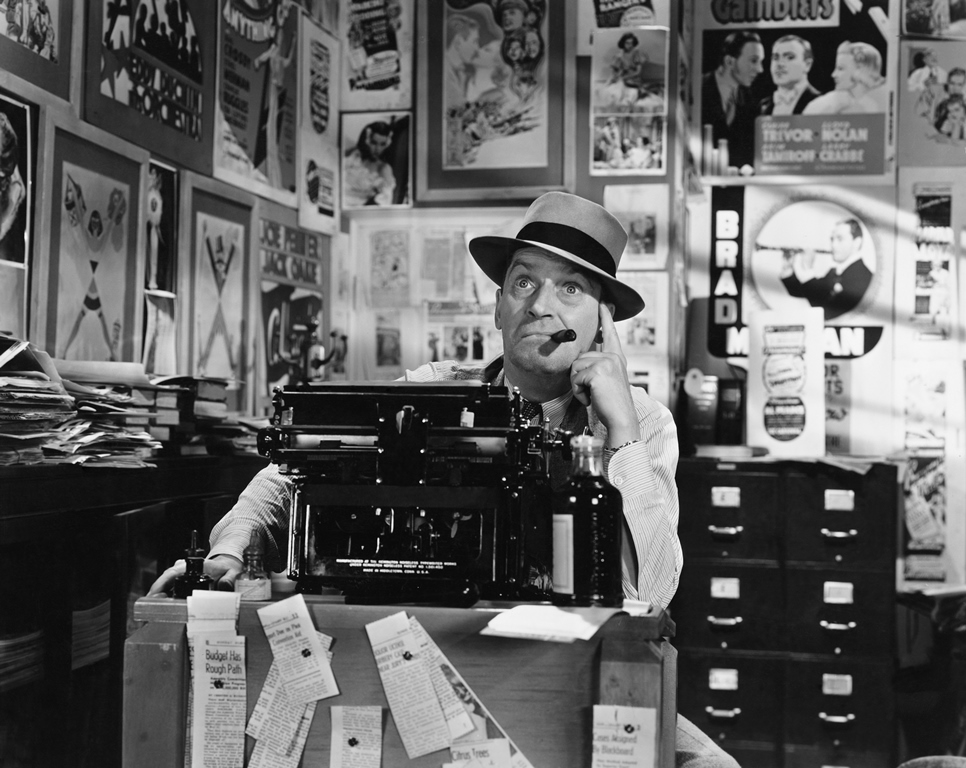“Can anybody hear me?!” Dos and don’ts for reaching the media

All of us working in communications and media have probably experienced it; you’re finalising a press release on something very important for your organisation, and you have a little voice in the back of your head saying, “the media is not going to pick this up.” For example, in the world of EU social rights the European Semester is a big deal, but it’s hardly going to make first page of the New York Times. So what can we do to help our press releases and news have more media impact? Here are some tips!
The power of the nut graph
It’s rare that a story will get picked up from a press release alone, so we need to show journalists why the story is important. This is where the nut graph comes in. This paragraph responds to the “so what?” question by giving the context, purpose and importance of the story. Without giving the who, what, when, why and how through the nut graph, it’s unlikely the newsworthiness of your press release will be noticed. And hey, even if the press release doesn’t result in a story itself, the additional information you share might lead to something! (Interesting fact: people who write nut graphs are called ‘nutshellers’. Something fun for your LinkedIn profile.)
The squeaky wheel gets the oil
Maybe it’s just me, but I react quicker to phone calls than emails – the personal touch seems to add a greater sense of urgency. This can be true of journalists too, who receive press release upon press release, mixed up with event invitations, emails from their colleagues and bosses, and the occasional offer to share the inheritance of a Nigerian prince. How can you be sure your press release has been received and read by a journalist? Pick up the phone! I used to work with a man called Tim who was an old hand at media relations, and within an hour of sending press releases he would’ve called his top choice news outlets and sold the story to them by finding the right angle. The end result was the vast majority of our press releases being picked up. Undoubtedly it helped that Tim knew 99.99% of the media in Brussels, but this was because he made the effort to call them up and build relations.
Go back to basics
There are some very obvious communications basics that we all know: avoid acronyms, don’t use jargon, be concise, etc. However, we can become so entrenched in the day-to-day of our organisations where words and phrases like EPSCO, ex-ante conditionalities and budgetary flexibility are thrown around casually that we become desensitised to the fact that they mean absolutely nothing to people outside our own little bubble. I once heard one of our members say that they try to write everything so it can be understood by a 13 year old (presumably minus emojis 🙃), which can be something useful to bear in mind when doing our final edits before hitting the send button. In the spirit of getting back to basics, civil society organisations may find the European Journalism Centre’s guide ‘Making the media work for you’ helpful.
Do you have any more tips? Wish to share good or bad experiences? Drop me a line at helen.joseph@socialplatform.org or write me on Twitter @heljoseph and let’s keep the conversation going!













































